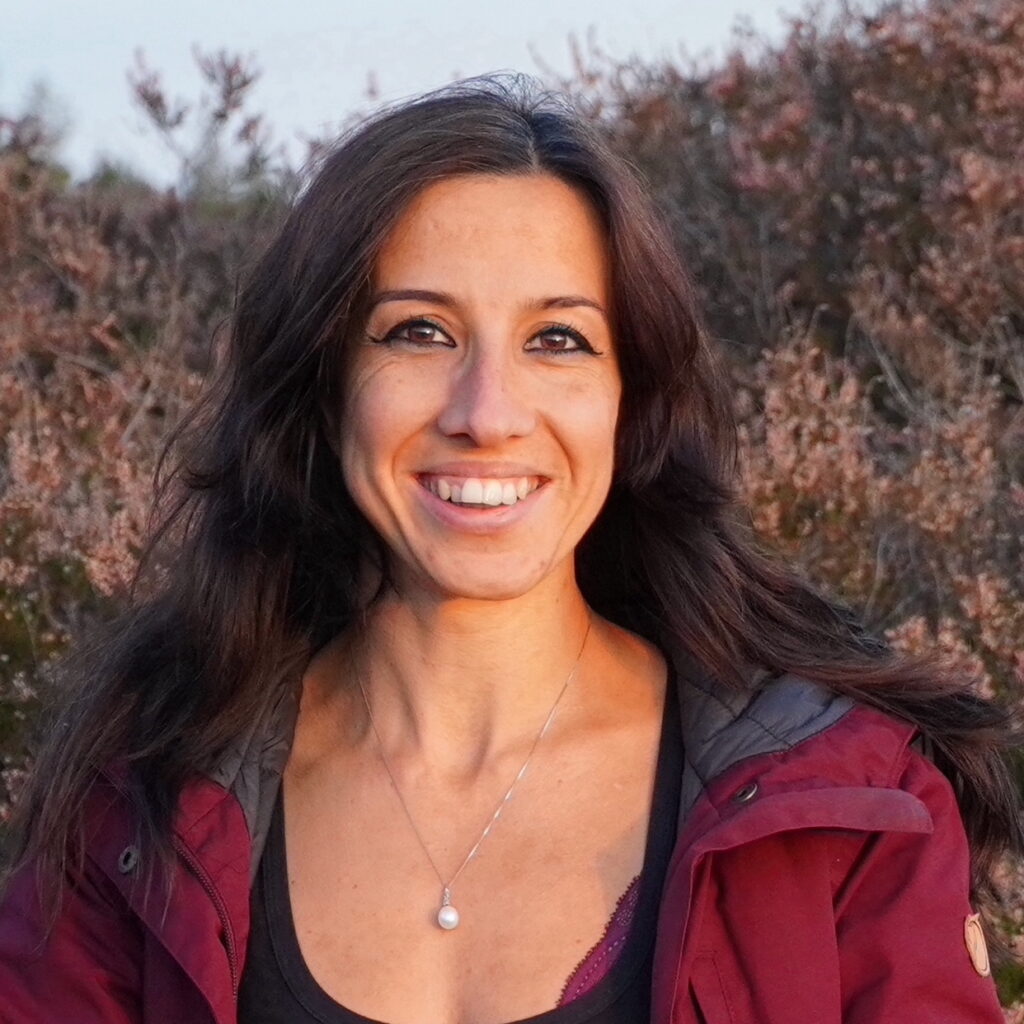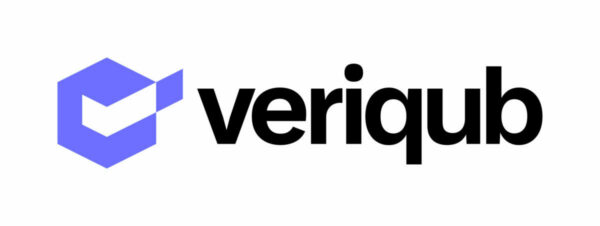📢 Behind the scenes #6 with Giulia Ferrini from the Chalmers University team!
🧢 Giulia, what is your role in the Veriqub project?
In VeriQuB, I have the responsibility for two tasks: the first one is a proof of computational hardness for new bosonic architectures amenable to implementation with microwave cavities coupled to superconducting qubits. The second one is the definition of new ways to quantify how resourceful is a state, taking inspiration by what is easy and what is hard to implement experimentally with microwave cavities and superconducting circuits.
👨🎓 What is your background?
After my PhD thesis in Grenoble on condesed-matter related topic, I really wanted to delve into quantum information, and I joined the lab of our Sorbonne Université partner, Laboratoire Kastler Brossel. Back then, there was little theoretical activity on how to apply the multi-mode quantum optics source studied in the experimental lab there to quantum computation, and I helped setting up such activity. After that, I moved to a nearby laboratory at Université Paris-Diderot for a few years, and then to Germany, at Johannes Guthenberg University. I was finally hired at Chalmers in 2018. Here, I found experiments on microwave circuits and started a research activity bridging between theoretical quantum optics and the microwave world. This is also my main contribution in VeriQuB!
💥 What are the aspects you’re most excited about Veriqub?
I think that our consortium reunites a very good mix of competences, both theoretical and experimental, including quantum optics and microwave experiments, and analyzing them under the same theoretical framework of resource theories and verification. This is very exciting!
📝 What is the one thing that you need in your daily work routine?
Time to think, breathe, smile and stay close to the technical details of the various projects I am involved in is what I miss the most, due to often overwhelming administrative duties.
🚶♂️Is there any activity that helps you release stress after a hard week at work?
I made the first encounter with physics and dance at the same time, in high school, and I haven’t stopped with either since then.

